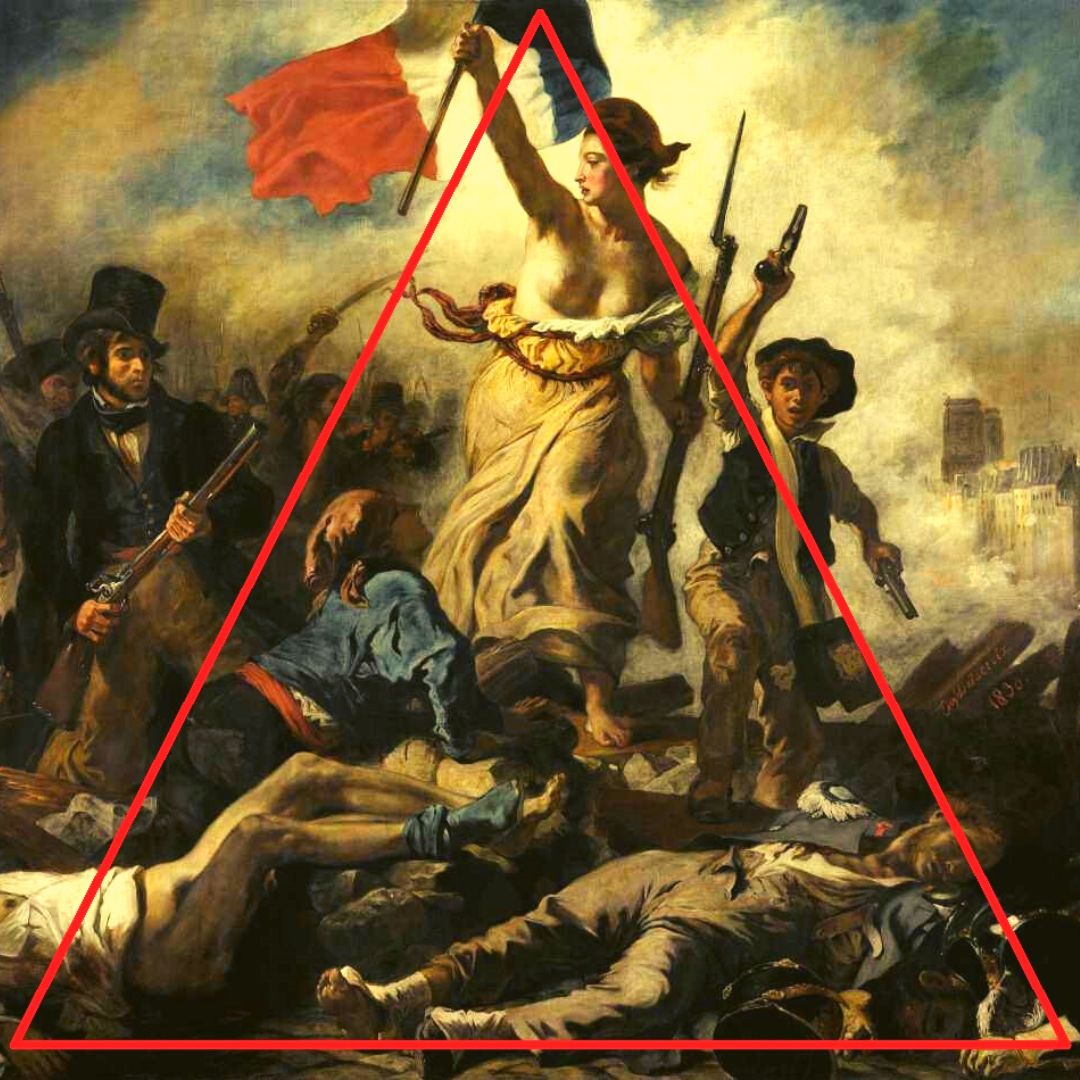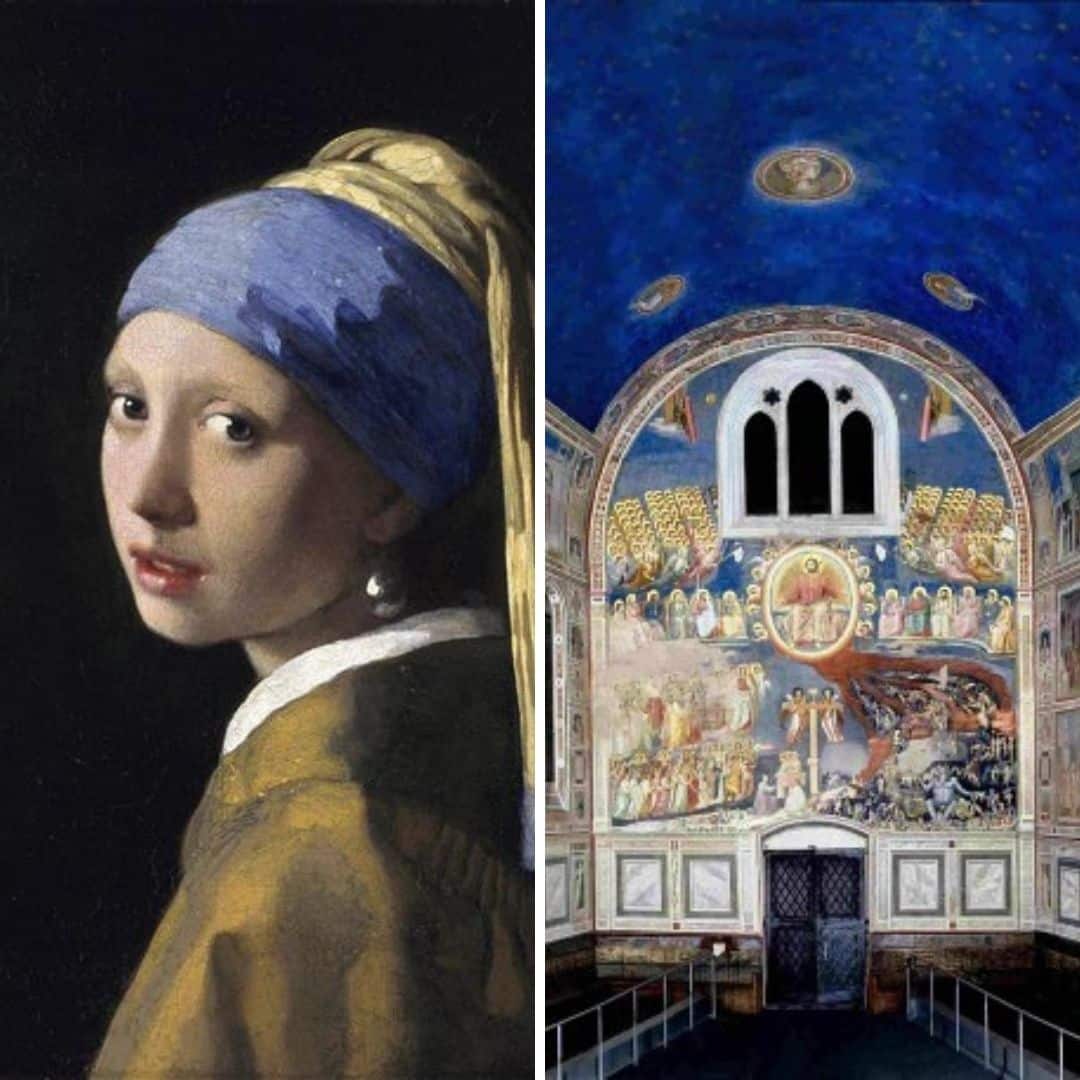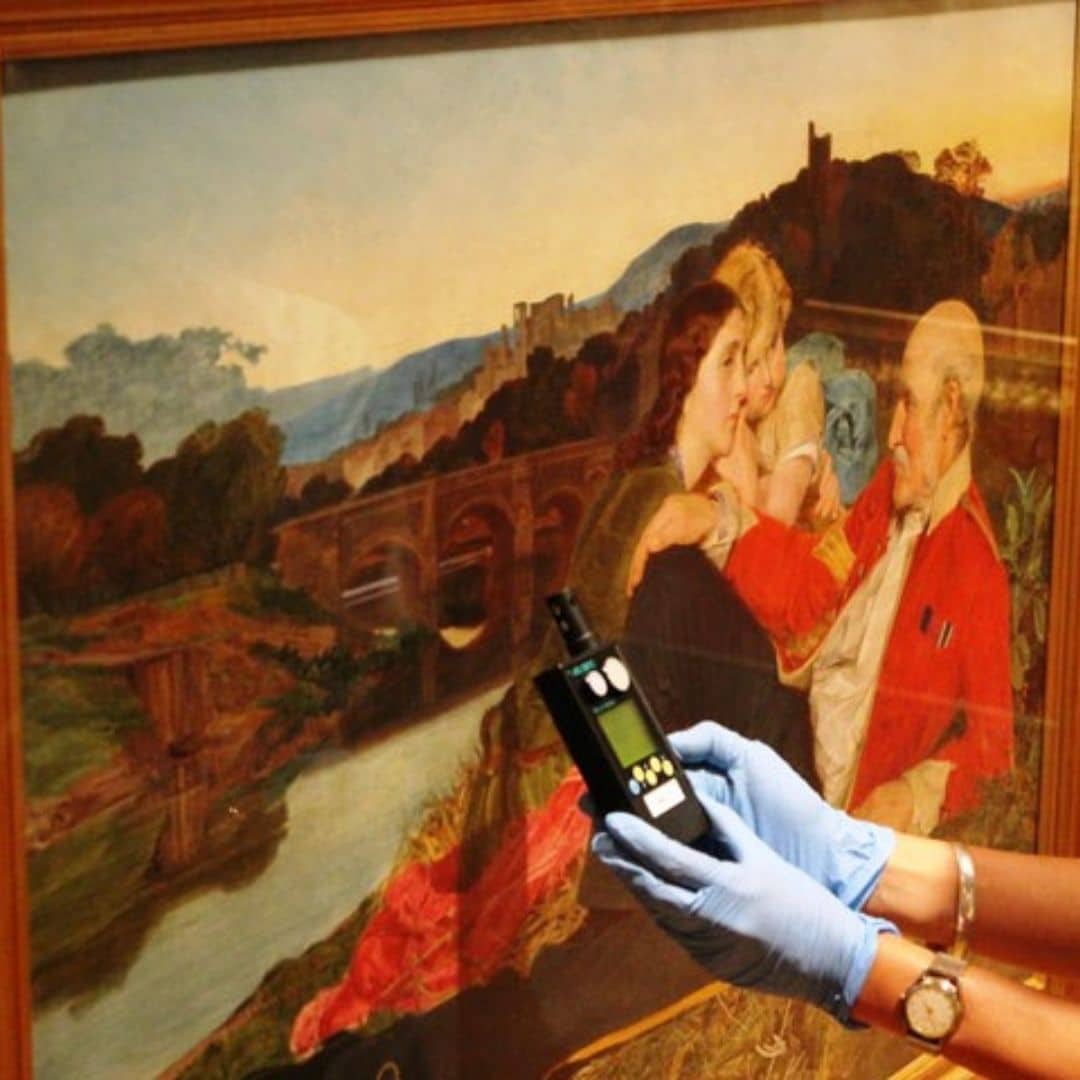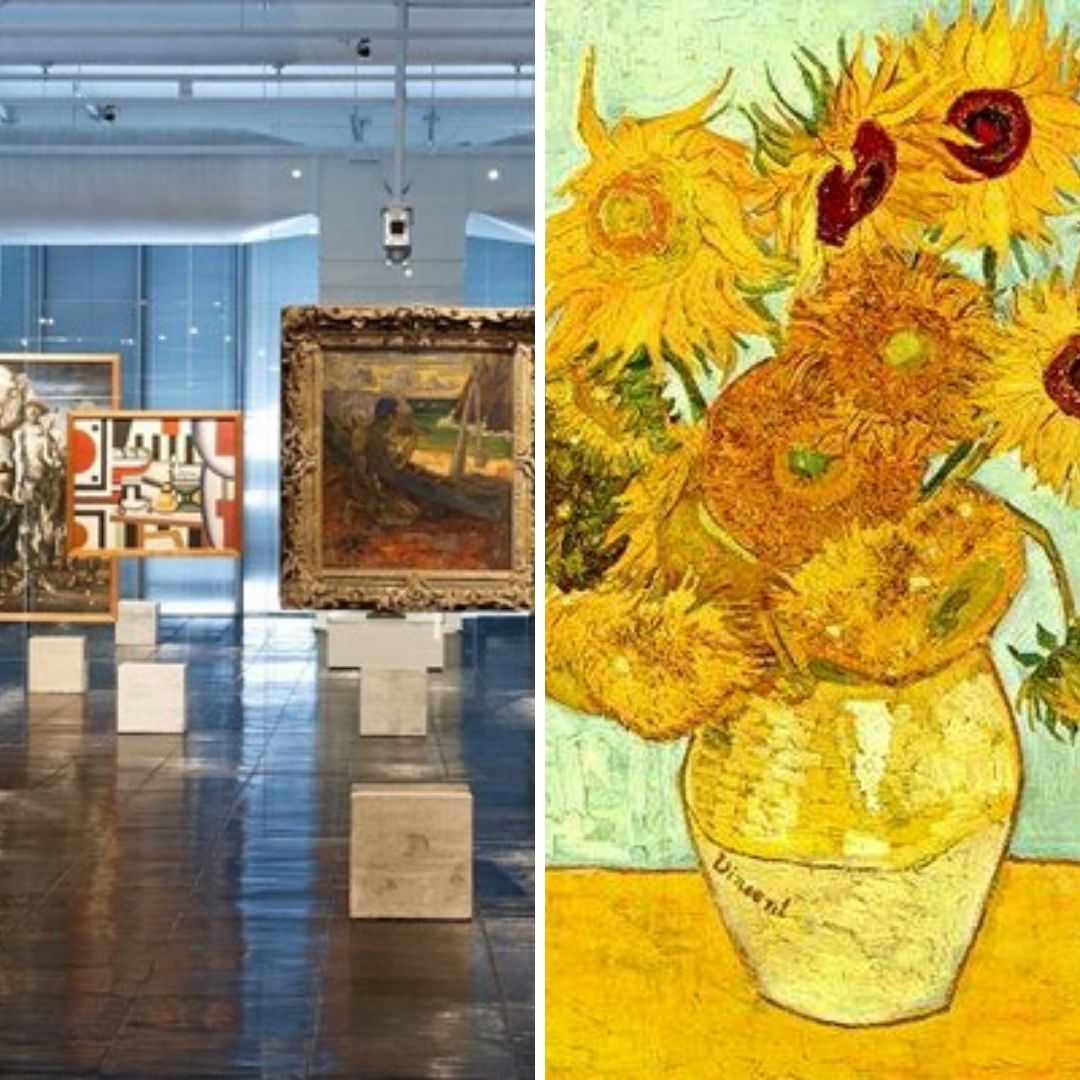The notoriety of the Impressionists owed much to a man, the art dealer Paul Durand-Ruel .
Paul Durant-Ruel established a new professional philoshophy and the gallery mission based on innovative principles for the time, such as the organization of individual exhibitions, promotion of art, and the creation of an international network of galleries.
Paul Durand-Ruel and the Impressionism
The story of Impressionism is known: at the end of the 19th century a group of young French artists dissatisfied with academic rules began to develop a new type of art which dealt with new themes and a offered a different technique. However, this group, which had at its core artists such as Monet and Renoir, did not achieve immediate success.
The notoriety of the Impressionists owed much to a man, the art dealer Paul Durand-Ruel
Paul Durand-Ruel – a new professional philosophy
The history of Paul Durand-Ruel (1831-1922) begins, in fact, with his father, Jean Durand-Ruel. Jean owned a gallery at 103 rue des Petits Champs, and it was there that young Paul Durand-Ruel was specializing to become an art marchand.
New guidelines to art galleries
In 1865, when Jean died and Paul Durand-Ruel inherited the gallery at the age of 34, he established a new professional philosophy and the gallery mission based on innovative principles for the time, such as the organization of individual exhibitions, promotion of art, and the creation of an international network of galleries.
These principles guide the art galleries to this day.

Learn how to organize an art exhibition
Online course – Art Curating
The opportunity in London
In 1870, during the Franco-Prussian War, Paul left Paris to shelter in London. He saw in this forced stay an opportunity to expand his business, and hence he opened a gallery at New Bond Street.
Paul Durand-Ruel continued to look for new artists he could represent, artists who produced art for the new century that was about to begin. And it was in London where he found them, when one day he met Claude Monet and Camille Pissarro, both of whom also took refuge in London.

New artists
Subsequently, the dealer bought some paintings for his gallery, in the time when there was no commercial demand for them.
The purchase of works provided a great relief to the painters who lived in constant financial trouble, since they did not paint according to the academic rules, and Monet, for example, had a wife and a baby to sustain.
Paul Durand-Ruel however, saw the potential of that new art – the Impressionism – which had in its experiments with light and color its greatest characteristic. In 1876, he organized the second exhibition of Impressionists. It was a failure.
New York Exhibition
Yet Paul Durand-Ruel kept insisting. He provided the necessary financial subsidies to the artists and organized some more exhibitions in Europe, although they were not very successful either.
Only ten years after the second exhibition, things began to change.
Paul Durand-Ruel organized an exhibition in New York and its success was immediate. The American public was charmed by the paintings of Monet, Renoir and others, buying “moderately”, as the gallery owner said.
Thanks to this credit, the French started to do similar.
Paul Durand-Ruel personality
The letters between the dealer and the artists reveal a man who was deeply sensitive and intelligent, and attentive to aesthetic innovations.
Paul Durand-Ruel realized that they produced quality art and offered them not only financial but also emotional support.
In letters to Monet for example, the dealer emphasized the importance of challenges and difficulties in life which should be treated as lessons.
The success
Paul Durand-Ruel was fundamental to the success and recognition of the Impressionists.
Nowadays he is also recognized as one of the forerunners of the modern art market, as we know it today. And partly thanks to him and his insistence, Impressionism triumphed as one of the most important movements in the history of modern art.
Text - Rute Ferreira Cover image - wikiart.org










